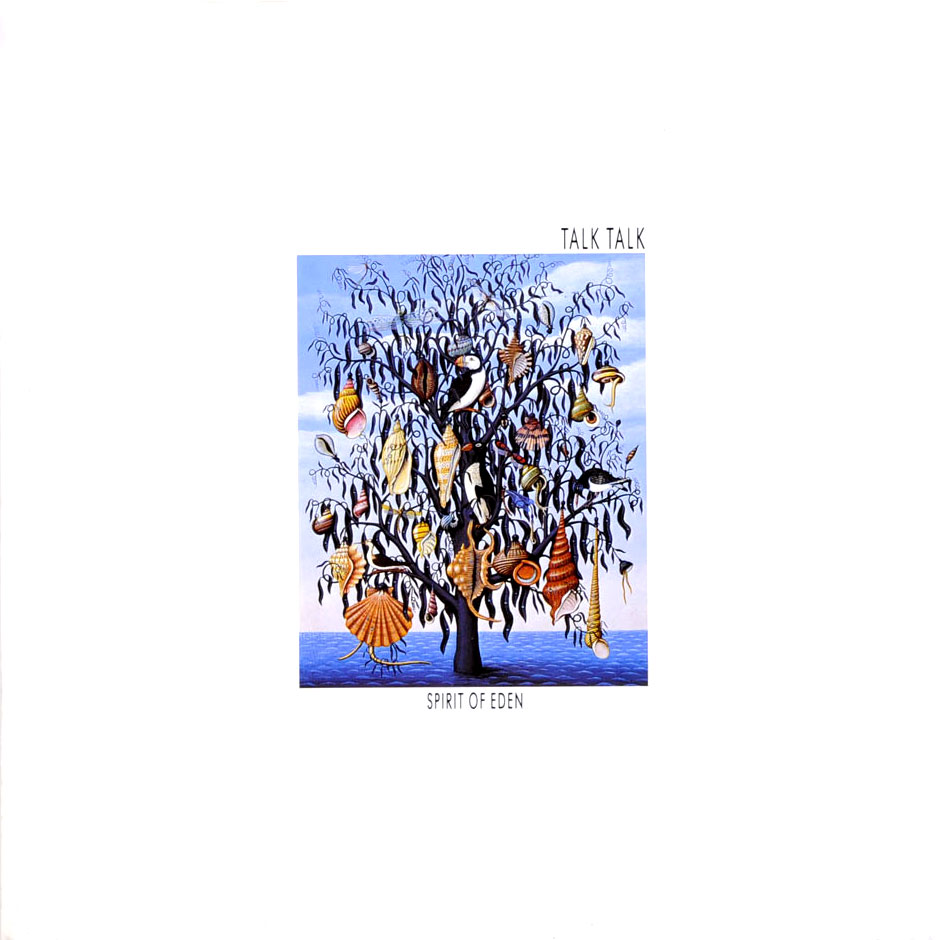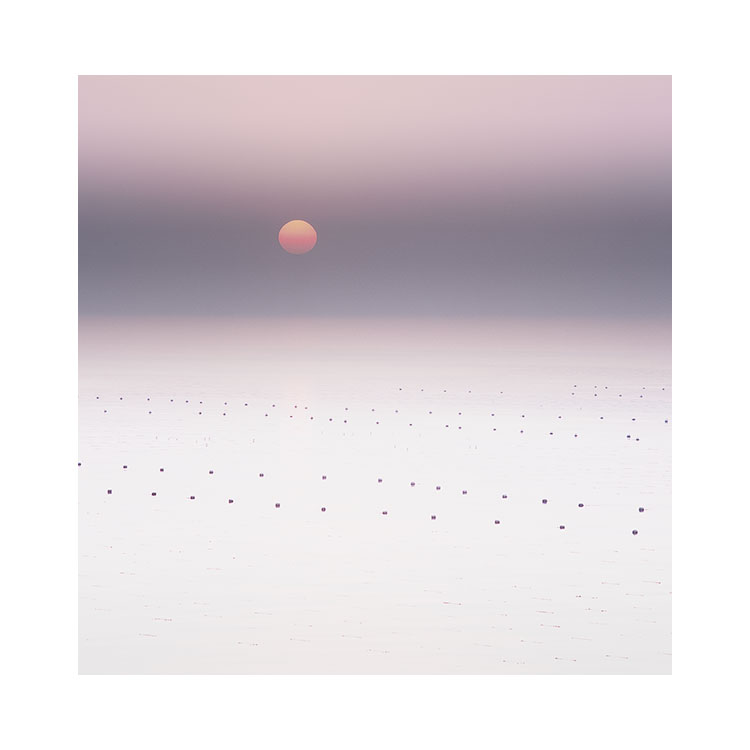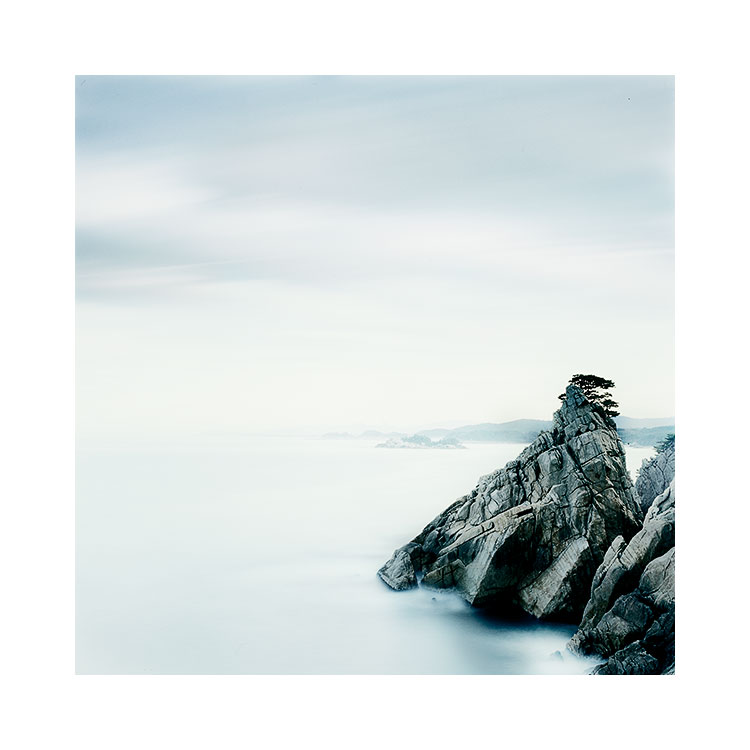Dear Mark Hollis,
Thank you so much for the music.
Spirit of Eden is one of my most treasured of records. Musically it is a masterpiece that many did not understand at the time of its release in 1988. But it has since garnered the badge of being one of the most influential rock albums of all time.
Spirit of Eden is hailed as the source of ‘post rock’, and cited as a major influence by bands such as Sigur Rós
Many say that Spirit of Eden was responsible for the wave of post-rock bands such as Sigur Rós. I well remember upon its release that there was nothing to compare it to, and that this was the problem: it was too ahead of its time. It was released when there was no post-rock genre to embrace it. But people did. What started out as a sub-culture of appreciation for this work has grown over the years to the point that the album is now recognised for being the treasure that it is.
Being a creative person myself, watching your career, and how you managed to remain true to yourself and your art over the years has been a vital lesson for me. You taught me, through your music, that is much better to follow your own path than to follow others. It may be a lonelier road at times, and many people may not understand you, but being true to who you are is what counts.
Spirit of Eden has given me so much peace and beauty to my inner-life over the past thirty years. I wish to let you know.
I wish you peace Mark.
























